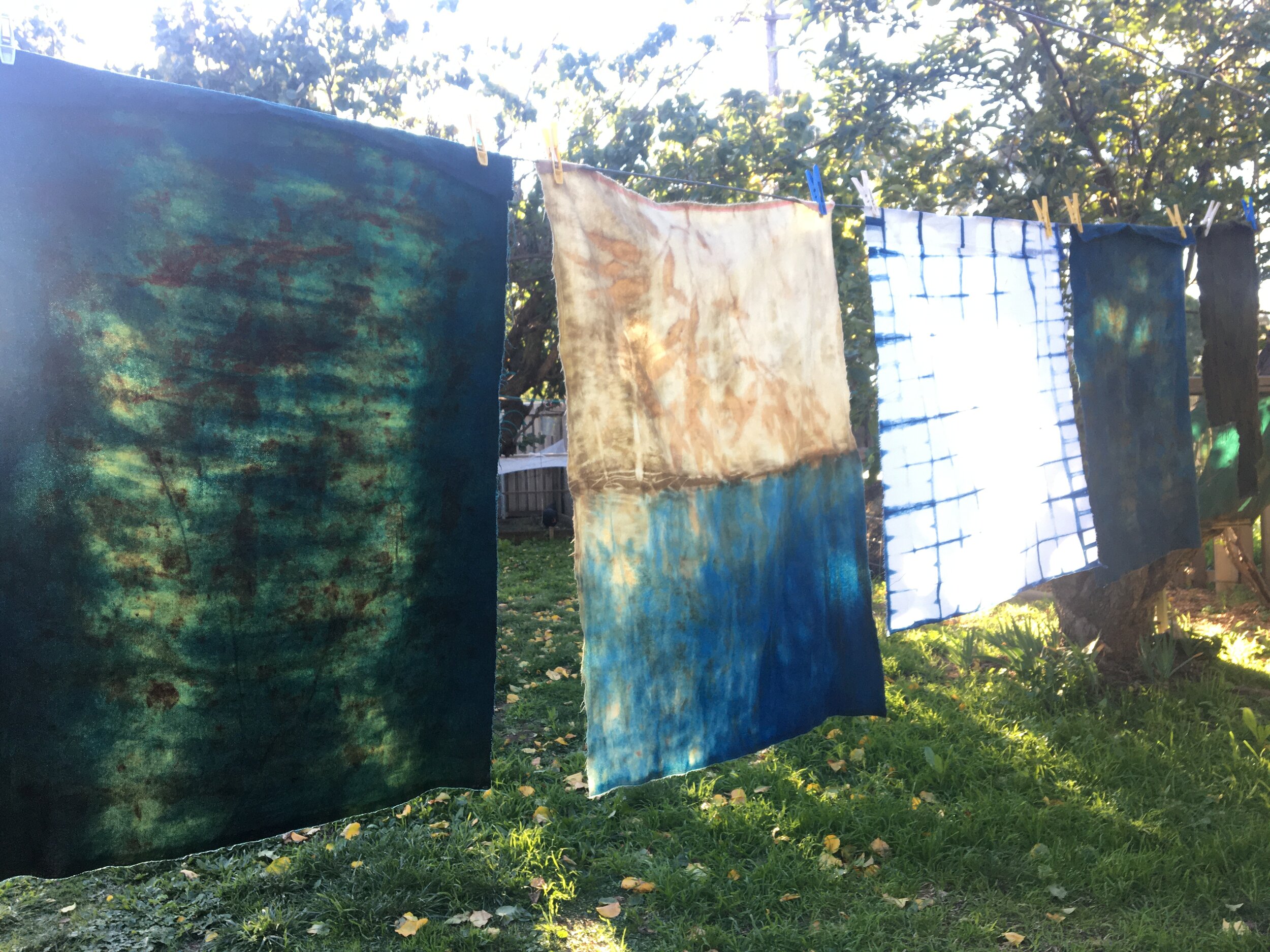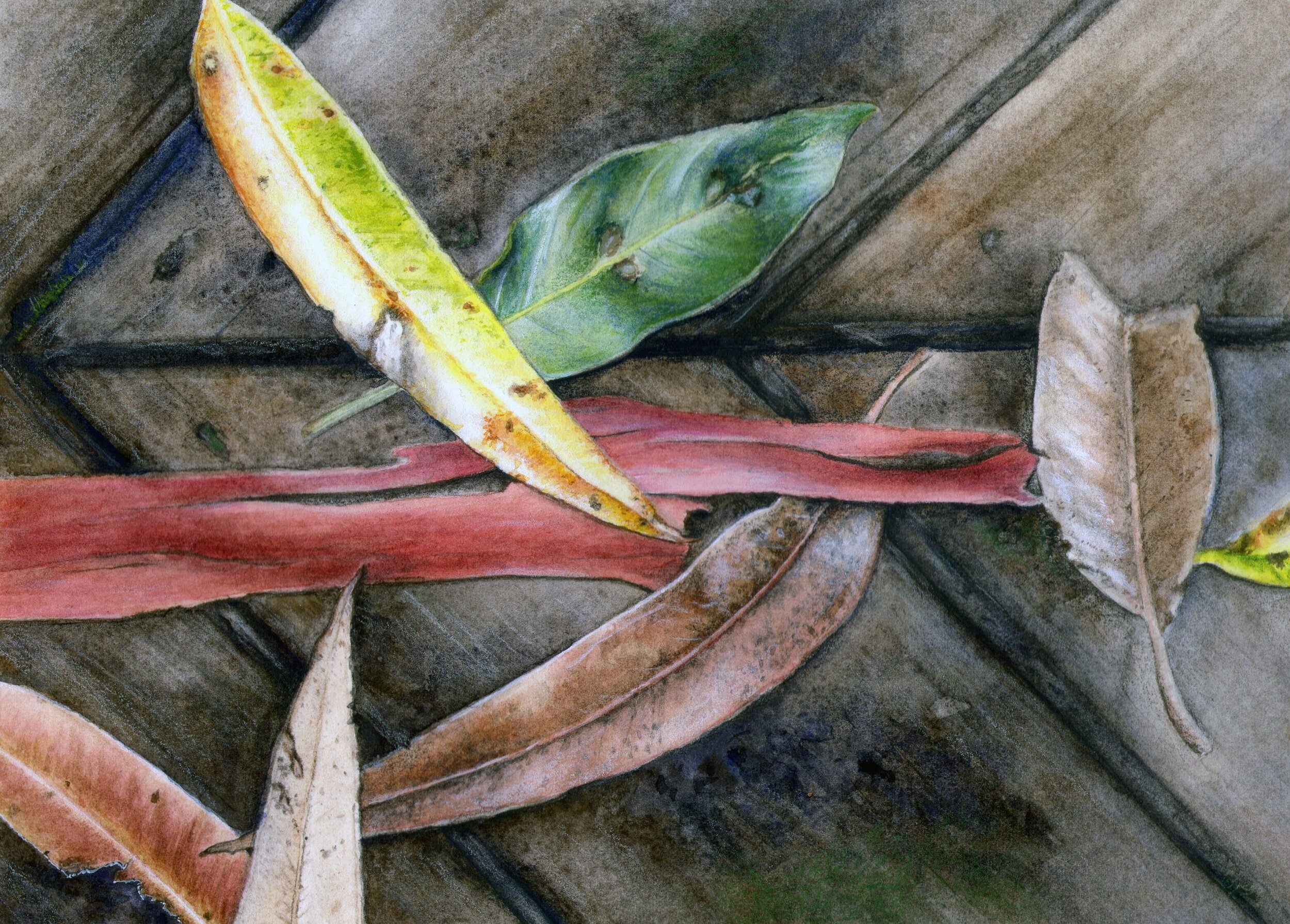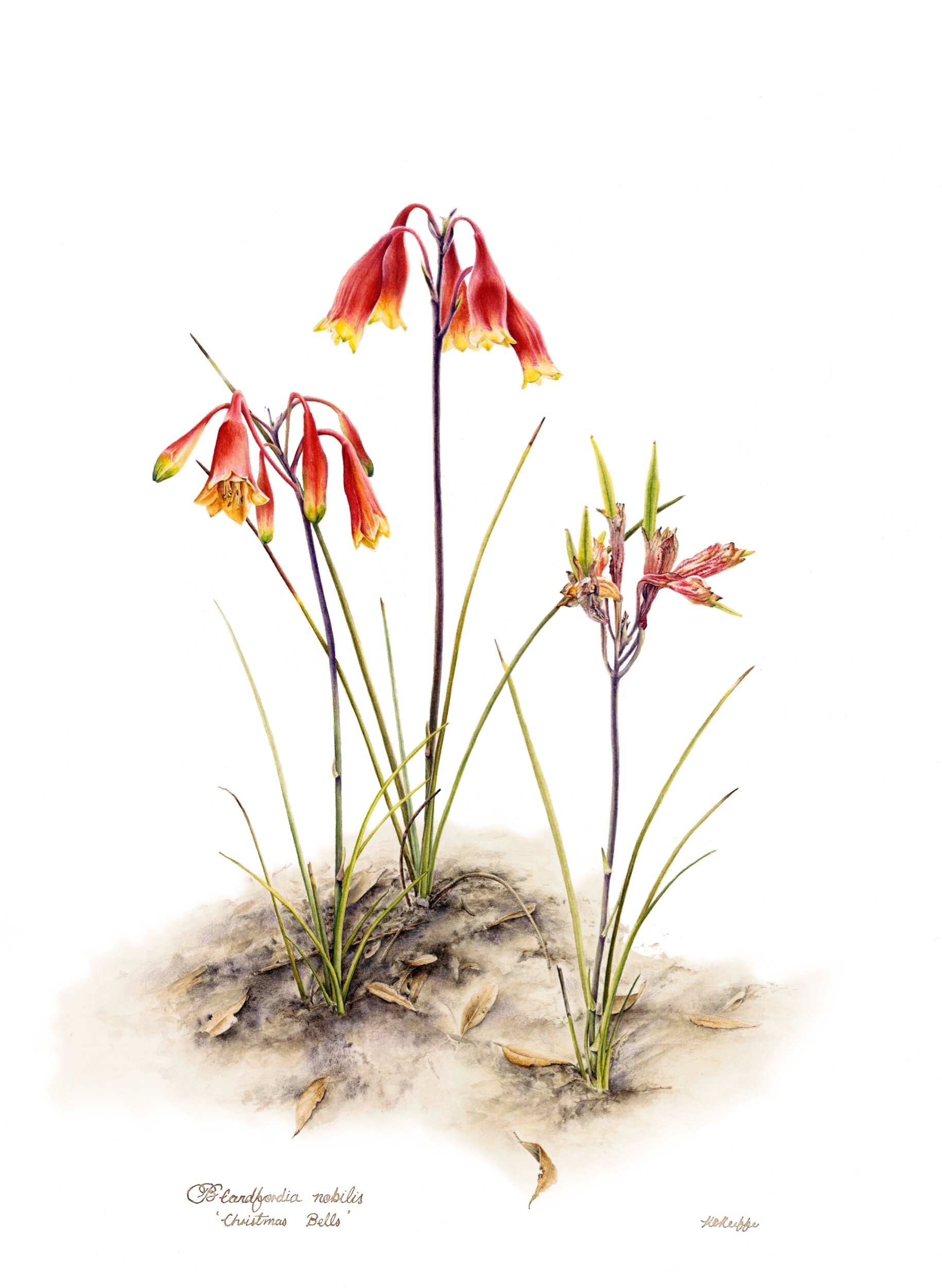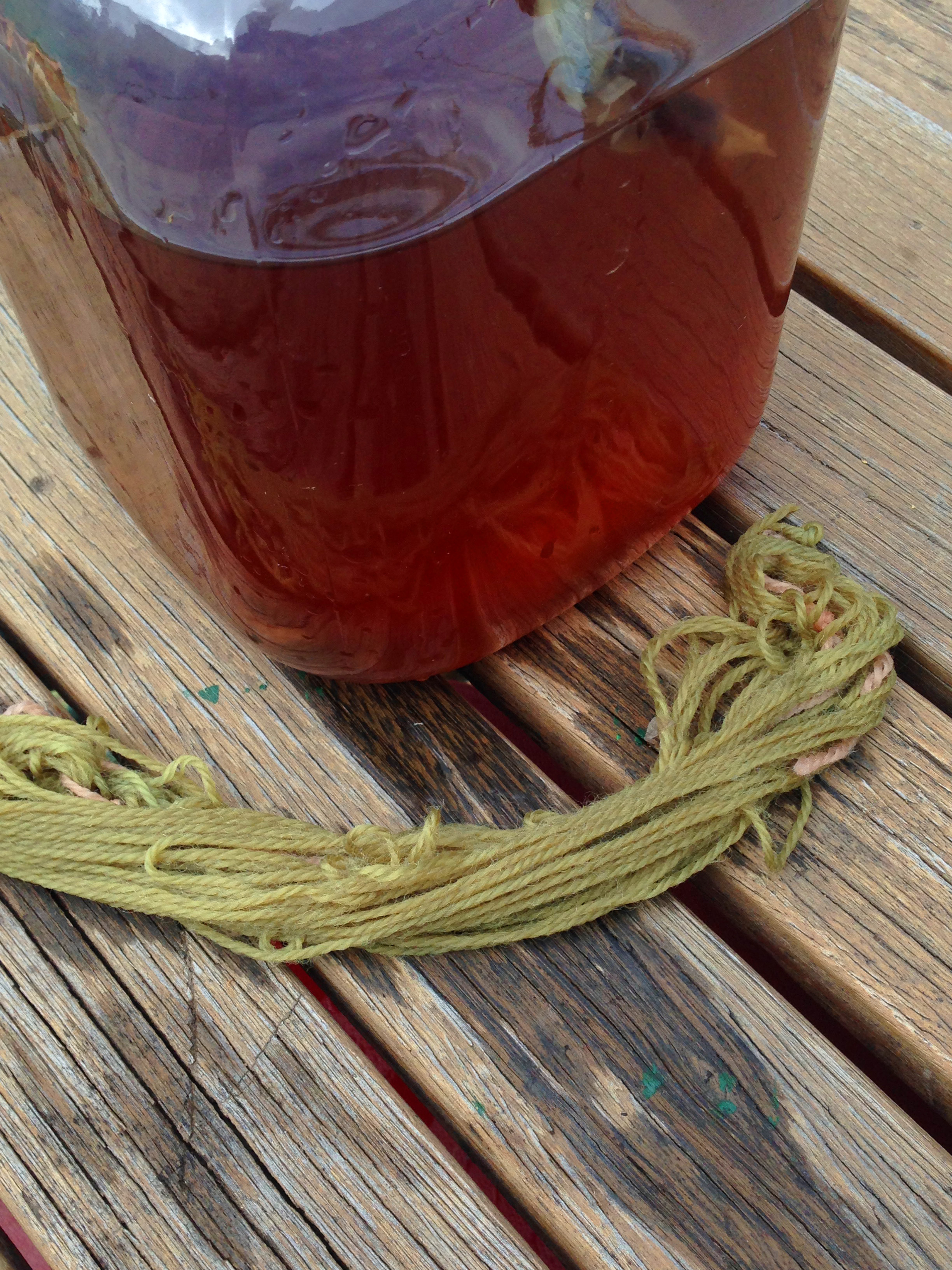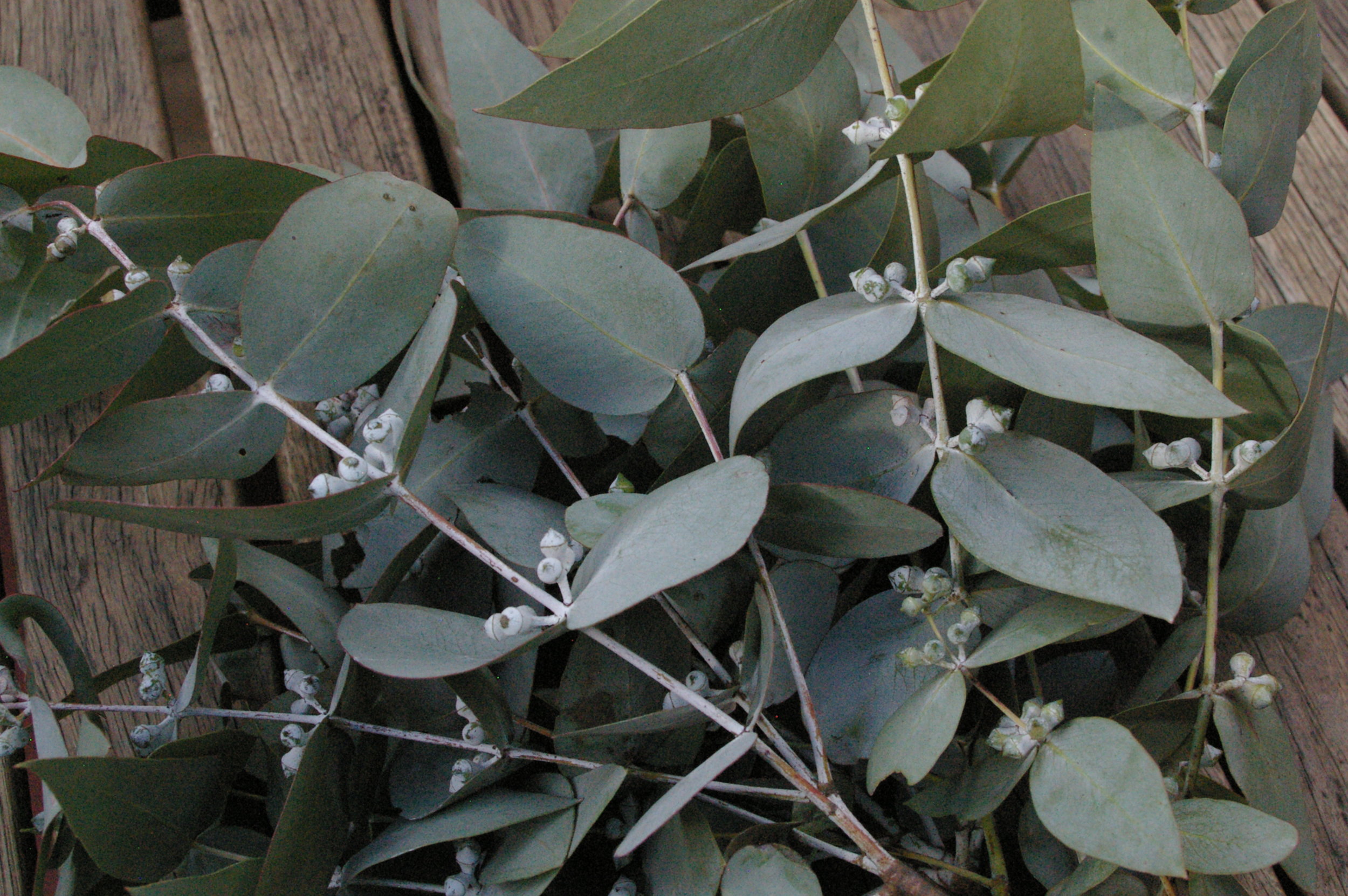Finding myself with more hours at home what better way to spend it by expanding my investigation of local natural dyestuff and then turning it into something useful!
This started during the 2020 COVID lockdown and is set to continue for however long we find ourselves in this current lockdown. It has been difficult not being able to go to work, but my situation is certainly more more secure than many others, for which I am grateful. The bonus time is wonderful for this kind of exploration and fun with fabric!
The Exotics That Crept In
I started a solar dye with some of the abundance of Marigold flowers that were blooming in my garden. I left it for three days in the sun. Stupidly expecting yellow/orange, I got a lovely mottled green.
METHOD
100gms of yarn
about 1 litre of boiling water
150gms of fresh Marigold flower heads
Large sealed Jar
Sun
I threw some sunflower seeds in my garden and they came up beautifully only to be all but gobbled down by snails or slugs. The few that made it grew large and flowered with big heads. Great food for my chooks I thought! When the flowers had finished, I was checking the seeds to see if they were dry and noticed that my finger tips were a brilliant bright purple. I remembered reading somewhere in my online research about sunflowers used as dye. So I apologised to the chickens who got lettuce instead and got out my dye pot!
METHOD
Approx. 100gms of Wool crepe soaked in alum water
1 litre of boiling water
Seeds from a Large sunflower head
Large sealed Jar
Sun
The colour took to the fabric almost immediately but I left it to steep for a couple of days. The colour can be shifted towards pinks (see above pic) with the addition of citric acid, or towards a blue/gray with the addition of soda ash.
Indigo Day
I had a day with my Indigo pot which had been sorely neglected. It had completely dried out and a strange bunch of crystals had formed at the bottom of the pot that I wish I had photographed! I was unsure if I would be able to revive it, my google search didn’t turn up much so I just thought nothing ventured nothing gained.
I filled it with warm water and whisked up the crystals until they dissolved back into a liquid. I then skimmed off any detritus that floated on the surface and began to gently heat the pot up to 50 degrees. I checked the PH and adjusted then added the Hydros. The pot came back beautifully.
I had a few pieces of cloth that I thought the printing and colour wasn’t great on so I thought they would make great mottled dark blue and green fabrics for my bags. For the green I dyed the cloth in Turmeric first.
A Bundle of Dyeing
I needed to expend my fabric stash and also wanted to try printing with some leaves, twigs and other vegetation that had been presoaked in mordant.
I had some beautiful medium weight wool crepe and some newly purchased fine wool crepe, as well as the final remnants of some doctor flannel that Mum had stashed for years.
With these experiments I was trying to keep some of the greens and produce colour variety. By introducing some dye material that had been soaked first in mordant, in this case iron or copper as well as unsoaked material it broadened the range of colours produced. I got browns from pale through to dark chocolate browns, almost black, some great purple tones and yes, green!
Painting
The exhibition schedule has all been postponed. Looking always for the silver lining, it has given me more time to paint and to prepare work in advance for when everything opens up again. Also time to check some other neglected things off the to do list, like finally joining The Botanical Artist Society of Australia and updating this website! Below is a few pictures of the painting I’ve been up to in the last 12 months. Some is commission work, some for teaching, some Exhibition work and some just for fun.


